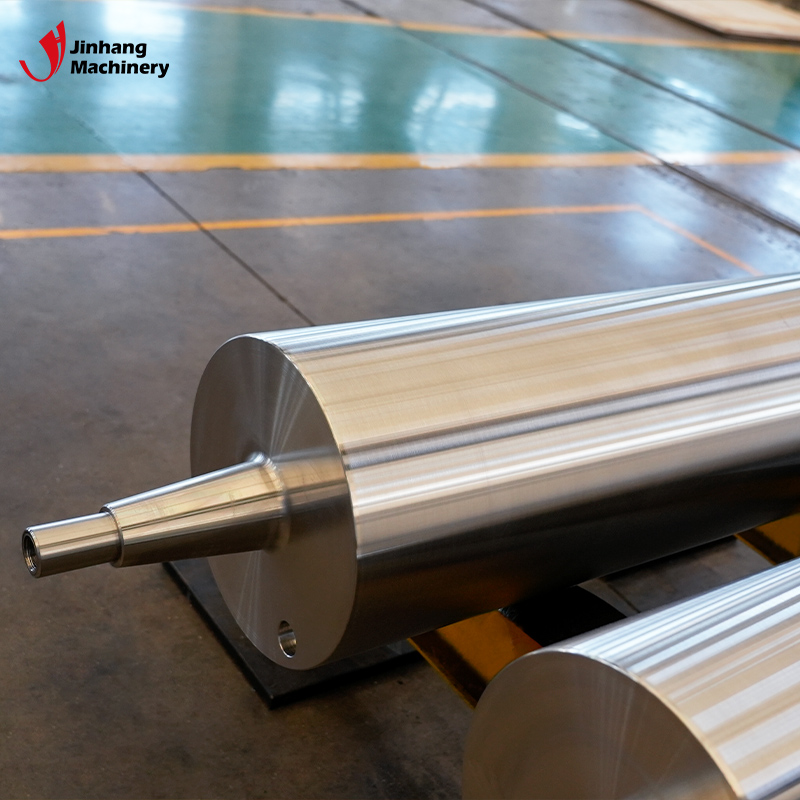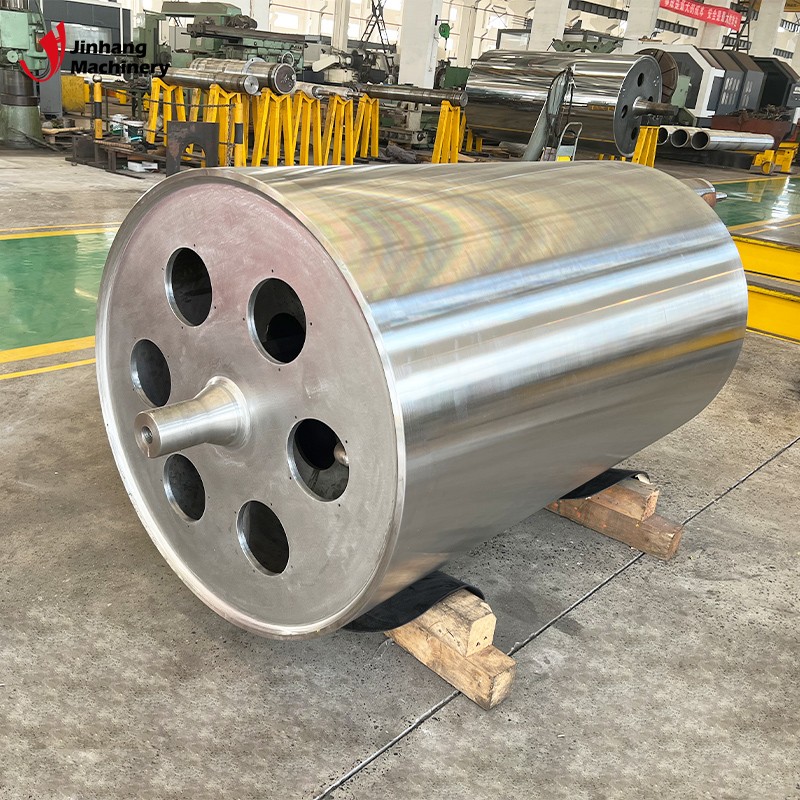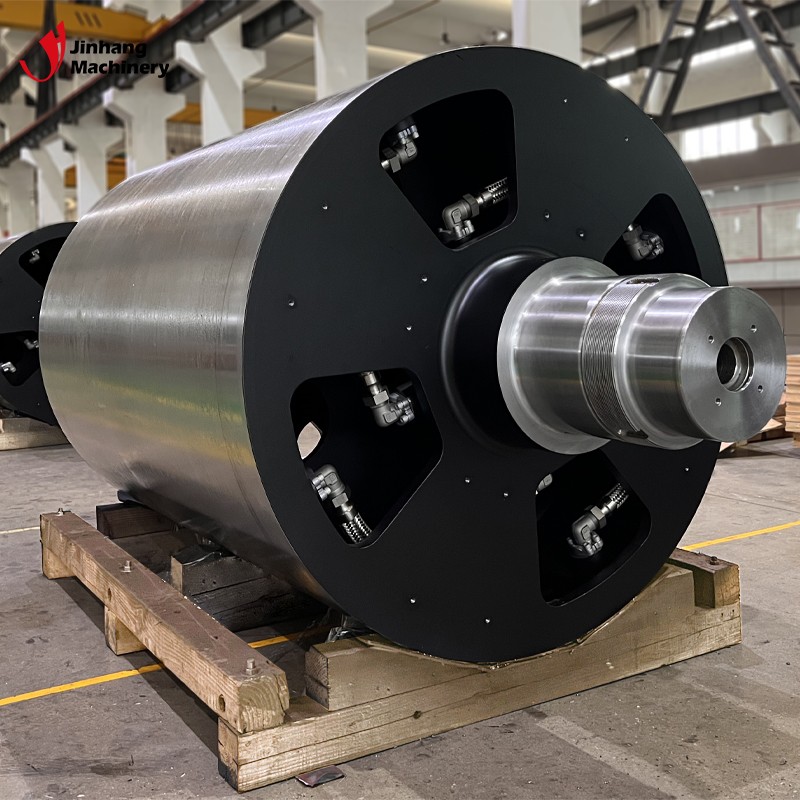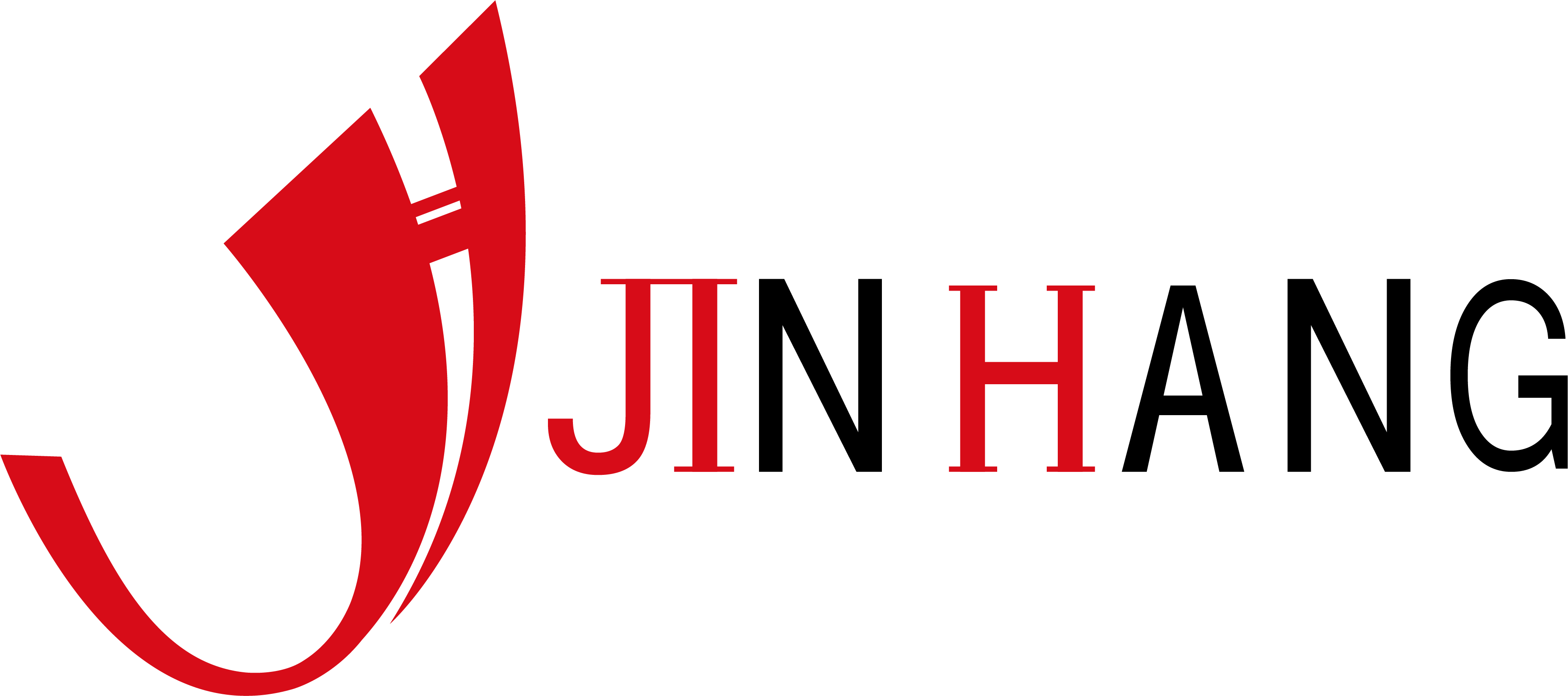Which rollers are needed in the printing and dyeing industry?
In the modern printing and dyeing industry, various roller equipment plays a vital role in the entire production process. They are not only the key components for realizing the printing and dyeing process, but also directly affect the quality and production efficiency of the printing and dyeing products.
This article will explore in depth several types of rollers commonly used in the printing and dyeing industry, analyze their specific applications in the production process and their impact on the printing and dyeing process.

Which rollers are needed in the printing and dyeing industry?
The 7 major rollers needed in the printing and dyeing industry:
1. Guide Roller,
2. Dyeing Roller,
3. Mirror Roller,
4. Heating Roller,
5. Cooling Roller,
6. Embossing Roller,
7. Squeeze Roller.
1. Guide Roller:
Guide Roller is mainly used to guide and convey fabrics so that they can move smoothly in the printing and dyeing equipment. This roller usually has a smooth surface to reduce friction and damage to the fabric.
Application of Guide Roller in Printing and Dyeing Industry: Guide Roller is widely used in various links of printing and dyeing production line, such as desizing, singeing, dyeing, printing and finishing.
Features of Guide Roller:
● Smooth surface: effectively reduce friction on fabrics, avoid scratches and damage.
● High wear resistance: extend service life and reduce replacement frequency.
● Precise guidance: ensure smooth and accurate fabric during transmission.
2. Dyeing Roller
Dyeing Roller is used to immerse fabrics in dye solution so that dyes can penetrate into fabric fibers evenly. This roller usually needs to have good corrosion resistance to cope with the chemical properties of different types of dyes.
Application of Dyeing Roller in Printing and Dyeing Industry: Mainly used in dyeing process, including continuous dyeing and immersion dyeing process.
Characteristics of the dyeing roller:
● Corrosion-resistant material: prevents the dye from corroding the roller body and prolongs the life of the equipment.
● Uniform coating: ensures uniform distribution of dyes and improves dyeing quality.
● Stable transmission: keeps the fabric moving smoothly during the dyeing process to avoid uneven dyeing.

3. Mirror Roller:
As the name suggests, the mirror roller has a smooth surface like a mirror and is mainly used in processes that require high finish and high precision in the printing and dyeing process, such as printing and coating.
Application of mirror rollers in the printing and dyeing industry: used in printing and coating processes, where high precision and high finish are required.
Characteristics of mirror rollers:
● Ultra-high finish: ensures the clarity and uniformity of coating and printing patterns.
● High-precision processing: reduces irregularities on the fabric surface and improves printing and dyeing quality.
● Strong wear resistance: prolongs service life and reduces maintenance frequency.
4. Heating Roller:
The heating roller heats the roller body through an internal heating device for drying, shaping and drying processes. Common heating methods include electric heating, steam heating and oil heating.
Application of heating rollers in the printing and dyeing industry: widely used in drying, shaping and drying processes, such as rapid drying after printing and shaping after coating.
Characteristics of heating rollers:
● Uniform heating: ensure that the fabric is heated evenly and improve the drying and shaping effect.
● Quick response: improve production efficiency and shorten process time.
● Accurate temperature control: meet the precise temperature requirements of different processes.

5. Cooling Roller:
Cooling rollers are used for rapid cooling after heat treatment to ensure the stability of the quality of the fabric after shaping and drying. This type of roller is usually equipped with a cooling water circulation system to ensure the cooling effect.
Application of cooling rollers in the printing and dyeing industry: used for cooling processes after shaping and drying to ensure the stability of the fabric shape and size.
Characteristics of cooling rollers:
● Efficient cooling: quickly reduce the fabric temperature to ensure process stability.
● Stable temperature control: ensure uniform temperature during the cooling process to avoid deformation caused by thermal stress.
● Diverse material selection: Choose the right material to optimize the cooling effect according to different process requirements.
6. Embossing Roller:
The embossing roller forms a surface effect with a specific pattern or design by applying pressure on the surface of the fabric. This roller is usually used to produce high-end decorative fabrics and functional fabrics.
Application of embossing rollers in the printing and dyeing industry: Mainly used for embossing and functional processing procedures, such as embossing of curtain fabrics and decorative fabrics.
Features of embossing rollers:
● Fine pattern: Ensure the clarity and beauty of the embossed pattern.
● Wear-resistant material: Improve the service life and stability of the embossing roller.
● Diversified design: Pattern design that meets different market needs and enhances product competitiveness.

7. Squeeze Roller:
The squeeze roller is used to apply pressure during the printing and dyeing process to remove excess liquid from the fabric, such as dye and water. Commonly used in roller dyeing, desizing and washing processes.
Application of rollers in the printing and dyeing industry: widely used in the processes of roller dyeing, desizing and washing, helping to remove excess liquid and improve the effect of subsequent processes.
Characteristics of rollers:
● Efficient dehydration: effectively remove excess liquid and reduce the drying burden.
● Uniform pressure: ensure uniform pressure on the roller to avoid fabric damage.
● Strong corrosion resistance: adapt to the use environment of various chemical agents and extend the life of the equipment.
Conclusion
In the printing and dyeing industry, various types of roller equipment play a vital role in different production links. Equipment such as guide rollers, impregnation rollers, mirror rollers, heating rollers, cooling rollers, embossing rollers and rollers, through their unique performance and advantages, provide a strong guarantee for the smooth progress of the printing and dyeing process and the improvement of product quality.
